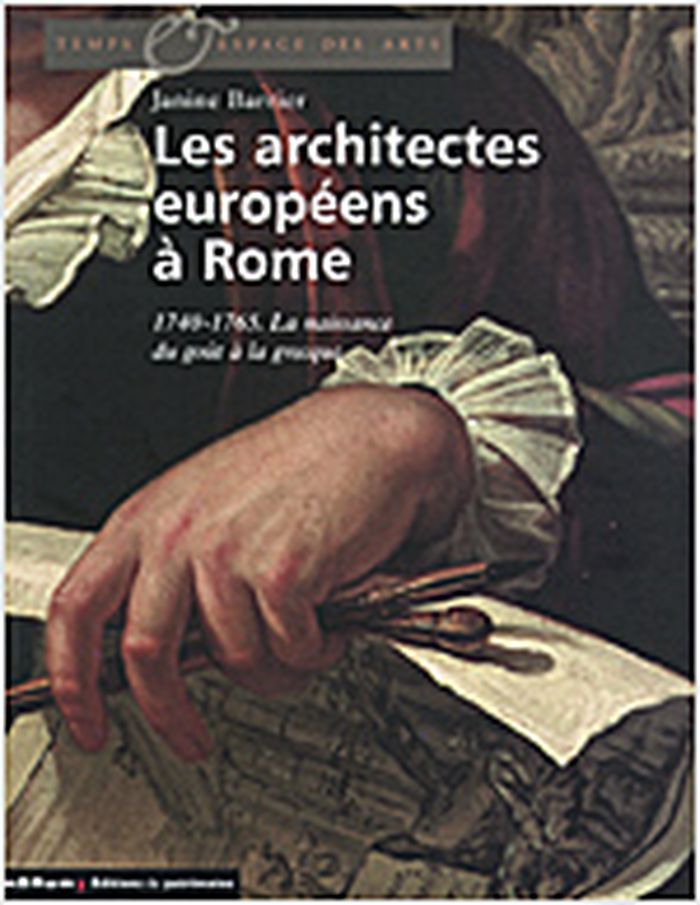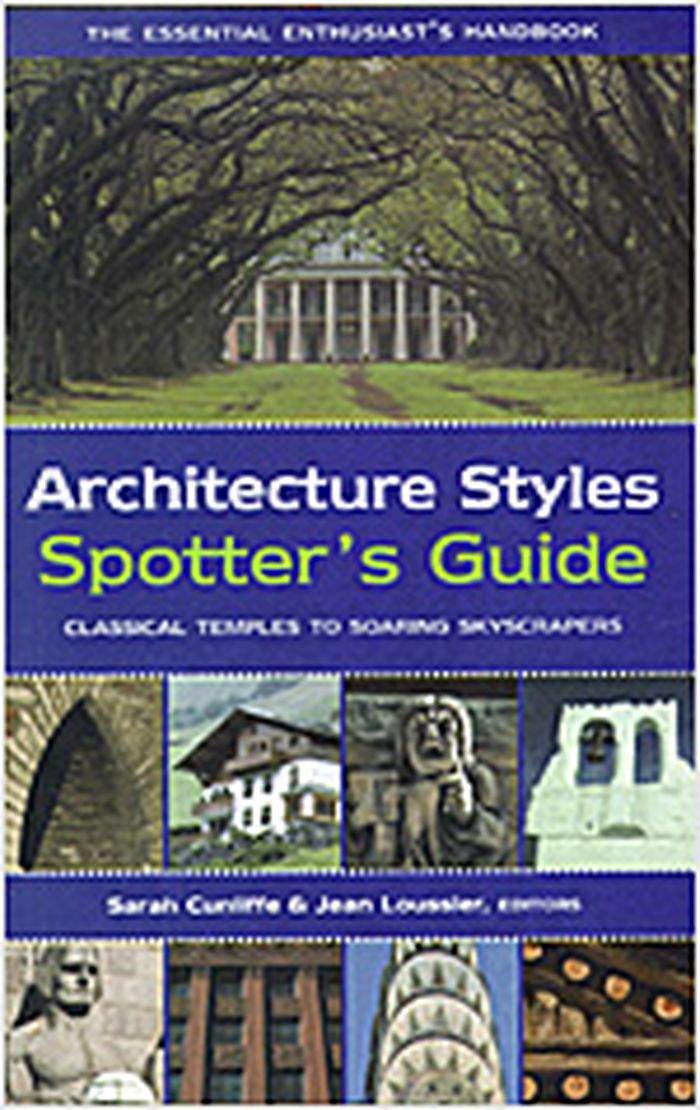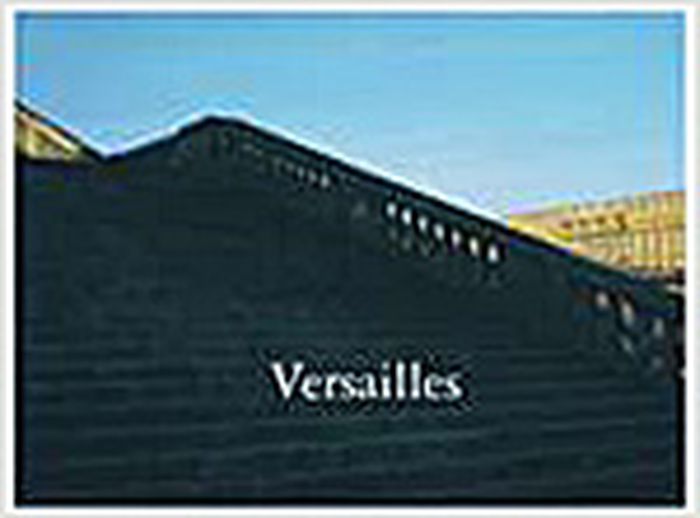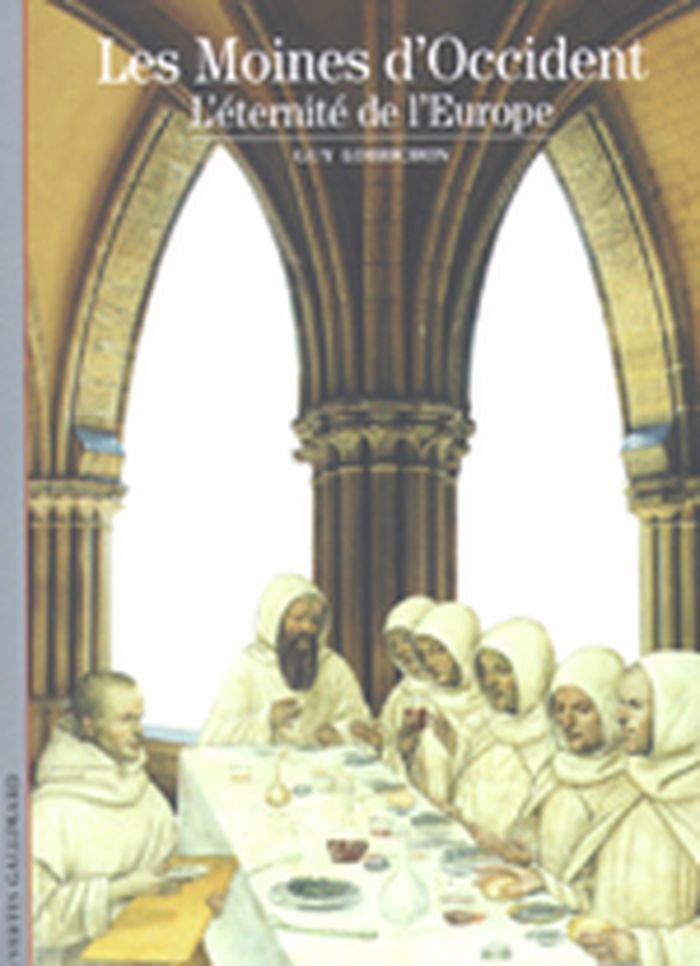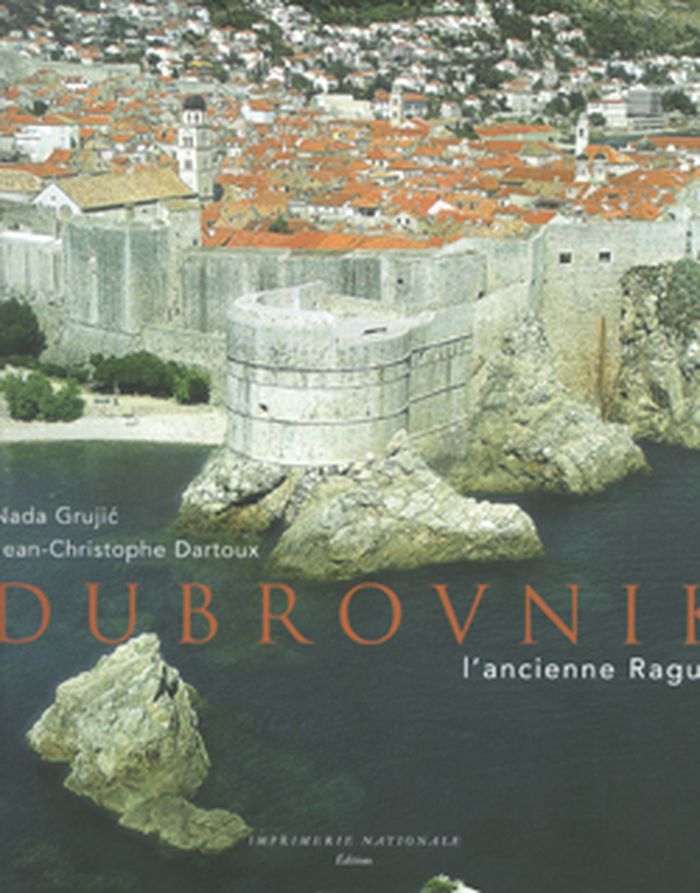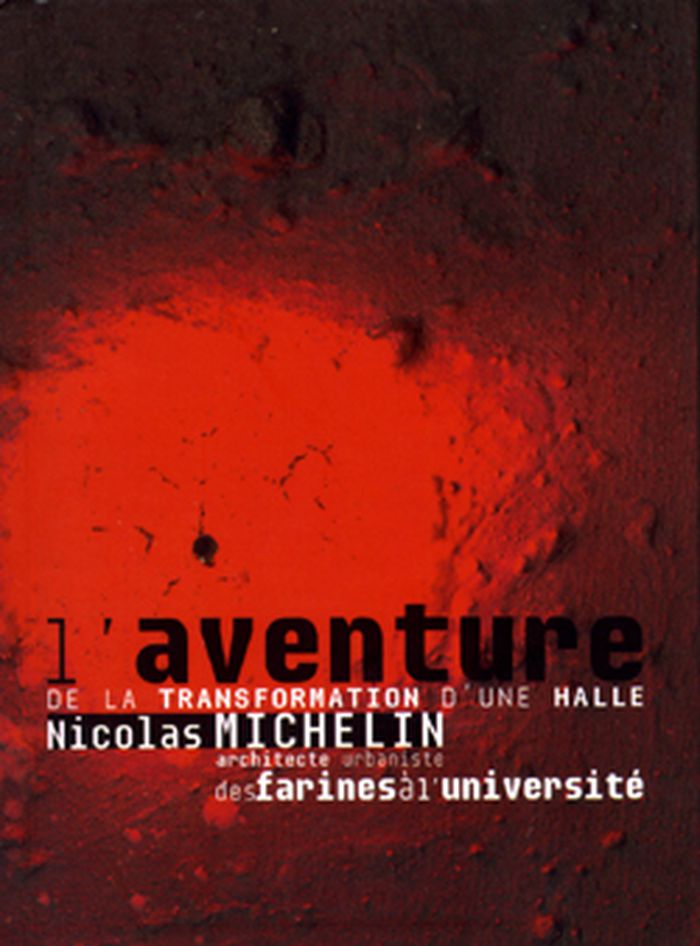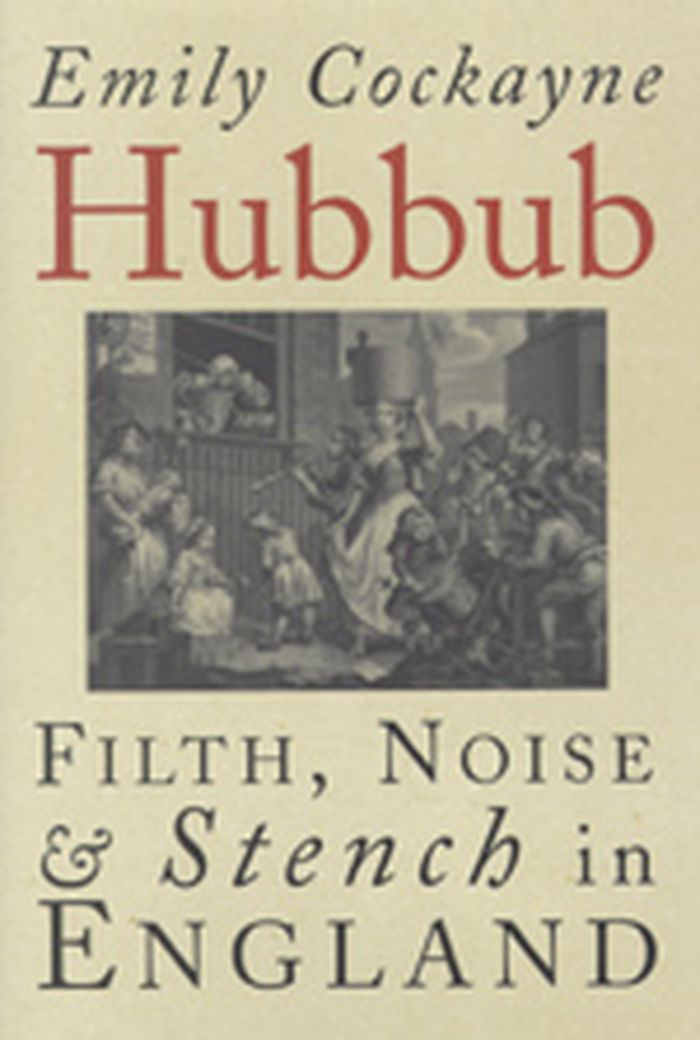$77.95
(available to order)
Summary:
Dans les années 1730-1740, la " rocaille " connaît en France un épanouissement sans pareil, et tous les intérieurs se couvrent d'une débauche d'ornements dissymétriques alliant le minéral et le végétal. Mais les réactions ne tardent pas. Des théoriciens aspirent au retour du " goût simple et noble de l'antique ". Marc-Antoine Laugier, influencé par l'enseignement de(...)
Les architectes européens à Rome : 1740-1765, la naissance du goût à la grecque
Actions:
Price:
$77.95
(available to order)
Summary:
Dans les années 1730-1740, la " rocaille " connaît en France un épanouissement sans pareil, et tous les intérieurs se couvrent d'une débauche d'ornements dissymétriques alliant le minéral et le végétal. Mais les réactions ne tardent pas. Des théoriciens aspirent au retour du " goût simple et noble de l'antique ". Marc-Antoine Laugier, influencé par l'enseignement de l'érudit vénitien Carlo Lodoli, prône la supériorité d'une architecture fonctionnelle dont il retrouve en Grèce les fondements. Dans ce contexte, l'influence des idées et des œuvres de Piranèse puis l'étude simultanée des ruines grecques et romaines vont conduire à une évolution progressive des formes. Les artistes en résidence à l'Académie de France à Rome élaborent peu à peu une syntaxe et un vocabulaire nouveaux. Parmi ces pensionnaires se succéderont de jeunes architectes, Clérisseau, Peyre, De Wailly, Moreau, Chalgrin, qui côtoient dans la cité romaine leurs confrères étrangers, les Anglais William Chambers et Robert Adam, le Belge Laurent Benoît Dewez... Une profonde mutation se produit alors, qui donne naissance à un changement esthétique majeur, le " goût à la grecque ", prélude au néoclassicisme. Ainsi le piranésisme laissera-t-il son empreinte jusqu'à la fin du siècle sur plusieurs générations d'architectes, comme en témoignent les œuvres de Sir John Soane, d'Etienne Louis Boullée et de Claude Nicolas Ledoux.
History until 1900
$16.50
(available to order)
Summary:
In the "Architecture styles spotter's guide", enthusiasts will discover information covering everything from rustic log homes to soaring skyscrapers. Notable buildings and architecture styles are discussed and are accompanied by photographs. This handbook also features an illustrated glossary of architectural features like cornices, flying buttresses, parapets, and(...)
Architecture styles spotter's guide : classical temples to soaring skycrapers
Actions:
Price:
$16.50
(available to order)
Summary:
In the "Architecture styles spotter's guide", enthusiasts will discover information covering everything from rustic log homes to soaring skyscrapers. Notable buildings and architecture styles are discussed and are accompanied by photographs. This handbook also features an illustrated glossary of architectural features like cornices, flying buttresses, parapets, and gables. Special sections highlight key points of interest and stories relating to specific sites.
History until 1900
$175.00
(available to order)
Summary:
Les photographies de Jacques Dubois qui sont ici réunies présentent Versailles non pas secteur par secteur, ni époque par époque, mais au fil des saisons.
History until 1900
January 2006, Paris
Versailles aux quatre saisons
Actions:
Price:
$175.00
(available to order)
Summary:
Les photographies de Jacques Dubois qui sont ici réunies présentent Versailles non pas secteur par secteur, ni époque par époque, mais au fil des saisons.
History until 1900
$24.95
(available to order)
Summary:
Spécialiste du Moyen Age, Guy Lobrichon retrace l'histoire de ces moines d'Occident qui ont fait l'éternité de l'Europe. Pères fondateurs du monachisme, abbés, abbesses, moines, moniales, convers, Bénédictins, Clunisiens, Cisterciens, Chartreux..., et tous les lieux qui leur sont liés, Vézelay, Cluny, Conques, Fontfroide, Silvacane, le Mont-Saint-Michel,(...)
Les moines d'Occident : L'éternité de l'Europe
Actions:
Price:
$24.95
(available to order)
Summary:
Spécialiste du Moyen Age, Guy Lobrichon retrace l'histoire de ces moines d'Occident qui ont fait l'éternité de l'Europe. Pères fondateurs du monachisme, abbés, abbesses, moines, moniales, convers, Bénédictins, Clunisiens, Cisterciens, Chartreux..., et tous les lieux qui leur sont liés, Vézelay, Cluny, Conques, Fontfroide, Silvacane, le Mont-Saint-Michel, Saint-Benoît-sur-Loire, Camaldoli, Monte Oliveto, Poblet, Santa Maria de las Cuevas, Saint-Gall, Fulda, Melk, Durrow..
History until 1900
Dubrovnik l'ancienne Raguse
$85.95
(available to order)
Summary:
Nada Grujié, professeur d'histoire de l'art de la Renaissance à l'université de Zagreb, est la spécialiste de Dubrovnik. On lui doit de nombreuses études sur le style gothique tardif et Renaissance en Dalmatie. Elle participe aux activités du Centre de Recherches-André Chastel de l'université Paris IV Sorbonne. Elle a publié, entre autres, The Villa of Dubrovnik (Zagreb,(...)
History until 1900
November 2007, Paris
Dubrovnik l'ancienne Raguse
Actions:
Price:
$85.95
(available to order)
Summary:
Nada Grujié, professeur d'histoire de l'art de la Renaissance à l'université de Zagreb, est la spécialiste de Dubrovnik. On lui doit de nombreuses études sur le style gothique tardif et Renaissance en Dalmatie. Elle participe aux activités du Centre de Recherches-André Chastel de l'université Paris IV Sorbonne. Elle a publié, entre autres, The Villa of Dubrovnik (Zagreb, 2003). Jean-Christophe Dartoux, photographe d'architecture, a collaboré notamment à l'Art de France, et Philibert de L'Orme, de J.M. Pérouse de Montclos, et à l'Histoire de l'Architecture française, de François Loyer.
History until 1900
$28.95
(available to order)
Summary:
L'aventure architecturale et humaine que retrace Nicolas Michelin dans cet ouvrage, est l'histoire véridique du projet de transformation de la Halle aux Farines pour l'université de Paris VII, depuis le premier croquis jusqu'à la livraison du bâtiment aux utilisateurs. Il relate l'enchaînement des étapes, le jeu de rôles qui s'est mis en place dès le concours, la(...)
L'aventure de la transformation d'une halle des farines à l'université
Actions:
Price:
$28.95
(available to order)
Summary:
L'aventure architecturale et humaine que retrace Nicolas Michelin dans cet ouvrage, est l'histoire véridique du projet de transformation de la Halle aux Farines pour l'université de Paris VII, depuis le premier croquis jusqu'à la livraison du bâtiment aux utilisateurs. Il relate l'enchaînement des étapes, le jeu de rôles qui s'est mis en place dès le concours, la succession des obstacles franchis grâce à sa ténacité et au travail acharné de son équipe. Il explique comment, avec un budget restreint, il a glissé tel "un bateau dans une bouteille", un programme très dense - 13 amphithéâtres, 60 salles de cours, un resto U - dans cette halle industrielle pour en faire une véritable "machine à enseigner". Inhabituel par son ton sans concession et son caractère précis, ce récit révèle tous les aspects de la pratique d'un architecte, de la première intuition à la stratégie parfois guerrière qu'il lui faut développer pour mener à bien un projet architectural.
History until 1900
$36.95
(available to order)
Summary:
Modern city-dwellers suffer their share of unpleasant experiences�traffic jams, noisy neighbors, pollution, food scares�but urban nuisances of the past existed on a different scale entirely, this book explains in vivid detail. Focusing on offenses to the eyes, ears, noses, taste buds, and skin of inhabitants of England�s pre-Industrial Revolution cities, Hubbub(...)
Hubbub: Filth, noise & stench in England
Actions:
Price:
$36.95
(available to order)
Summary:
Modern city-dwellers suffer their share of unpleasant experiences�traffic jams, noisy neighbors, pollution, food scares�but urban nuisances of the past existed on a different scale entirely, this book explains in vivid detail. Focusing on offenses to the eyes, ears, noses, taste buds, and skin of inhabitants of England�s pre-Industrial Revolution cities, Hubbub transports us to a world in which residents were scarred by smallpox, refuse rotted in the streets, pigs and dogs roamed free, and food hygiene consisted of little more than spit and polish. Through the stories of a large cast of characters from varied walks of life, the book compares what daily life was like in different cities across England from 1600 to 1770. Using a vast array of sources, from novels to records of urban administration to diaries, Emily Cockayne populates her book with anecdotes from the quirky lives of the famous and the obscure�all of whom confronted urban nuisances and physical ailments. Each chapter addresses an unpleasant aspect of city life (noise, violence, moldy food, smelly streets, poor air quality), and the volume is enhanced with a rich array of illustrations. Awakening both our senses and our imaginations, Cockayne creates a nuanced portrait of early modern English city life, unparalleled in breadth and unforgettable in detail.
History until 1900
$89.99
(available to order)
Summary:
For more than 30 years, the beautifully illustrated Architecture: Form, Space & Order has been the classic introduction to the basic vocabulary of architectural design. This Third Edition now includes a companion CD-ROM featuring interactive digital models created by Professor Ching, along with new considerations of environmental factors, building codes, and contemporary(...)
A global history of architecture
Actions:
Price:
$89.99
(available to order)
Summary:
For more than 30 years, the beautifully illustrated Architecture: Form, Space & Order has been the classic introduction to the basic vocabulary of architectural design. This Third Edition now includes a companion CD-ROM featuring interactive digital models created by Professor Ching, along with new considerations of environmental factors, building codes, and contemporary examples of form, space, and order.
History until 1900
Villa de Rome
$94.00
(available to order)
Summary:
Publié à Paris à partir de 1809, le recueil de plans et de vues des villas de la Renaissance et de l'âge baroque de Percier et Fontaine a été soigneusement élaboré à partir des dessins réalisés avant la Révolution, alors qu'ils étaient pensionnaires à l'Académie de France à Rome. Bien que ses auteurs avaient déjà connu le succès avec leurs précédents ouvrages consacrés(...)
History until 1900
July 2007, Wavre
Villa de Rome
Actions:
Price:
$94.00
(available to order)
Summary:
Publié à Paris à partir de 1809, le recueil de plans et de vues des villas de la Renaissance et de l'âge baroque de Percier et Fontaine a été soigneusement élaboré à partir des dessins réalisés avant la Révolution, alors qu'ils étaient pensionnaires à l'Académie de France à Rome. Bien que ses auteurs avaient déjà connu le succès avec leurs précédents ouvrages consacrés aux palais et aux maisons de Rome (1798) et aux décorations intérieures (1802), c'est dans cette nouvelle publication qu'ils plaçaient le plus d'ambitions. Car cette suite de gravures exécutées avec le plus grand soin ne vise pas seulement à garder la mémoire de l'émerveillement éprouvé dans les jardins romains, voire de la douceur du séjour ultramontain. L'information qu'elle propose, sur des édifices de tout premier plan, est là pour soutenir la position des deux architectes dans les débats contemporains et pour étayer leur dispositif théorique. II s'agit d'abord de répondre, par de nouvelles références, au développement dans les campagnes de l'empire d'un nouveau type de demeure aristocratique, tout en offrant un antidote au goût alors en plein essor pour les jardins anglais. C'est un choix esthétique et un engagement. Cette leçon d'Italie, cette alliance de vues et de plans, est là pour démontrer que les grandes ordonnances ne s'opposent pas, bien au contraire, au pittoresque, ce qui revient à soutenir les prétentions des architectes dans le domaine de l'art des jardins, face aux succès des jardiniers et des paysagistes. Après un premier livre, qui abordait l'échelle des édifices, puis un second qui traitait de celle du détail, le troisième grand recueil de Percier et Fontaine se focalise sur les grandes compositions, qui étaient alors une des bases du savoir-faire de l'architecte et le fondement du concours du Prix de Rome. Le Choix des plus célèbres maisons de plaisance de Rome et de ses environs, qui compte parmis les plus luxueux et les plus beaux livres d'architecture français, est depuis longtemps introuvable. Cette réédition intégrale de l'édition de 1809 est la première qui rende accessible cette référence majeure pour l'histoire de l'architecture du XIXe siècle, pour l'histoire de l'art des jardins et pour l'histoire de l'enseignement à l'École des beaux-Arts.
History until 1900
Le temple d'edfou
$40.95
(available to order)
Summary:
Pour explorer le Grand Siège de Rê-Harakhty qu'est le temple d'Horus à Edfou, nous allons mettre nos pas dans ceux du rédacteur qui l'a décrit. Le scribe nous convie à une visite guidée : suivons-le. Il ne nous mène pas directement au sanctuaire central, conçu comme un temple miniature au cœur de l'édifice; il fait le tour des chapelles rayonnantes, en partant de celle du(...)
Le temple d'edfou
Actions:
Price:
$40.95
(available to order)
Summary:
Pour explorer le Grand Siège de Rê-Harakhty qu'est le temple d'Horus à Edfou, nous allons mettre nos pas dans ceux du rédacteur qui l'a décrit. Le scribe nous convie à une visite guidée : suivons-le. Il ne nous mène pas directement au sanctuaire central, conçu comme un temple miniature au cœur de l'édifice; il fait le tour des chapelles rayonnantes, en partant de celle du fond. C'est à partir de cette chapelle axiale que se développent les thèmes du complexe du Grand Siège - de l'Horus armé qui a fendu le flot primitif à l'Osiris renaissant à l'horizon d'éternité de la Behdet de Rê.
History until 1900
